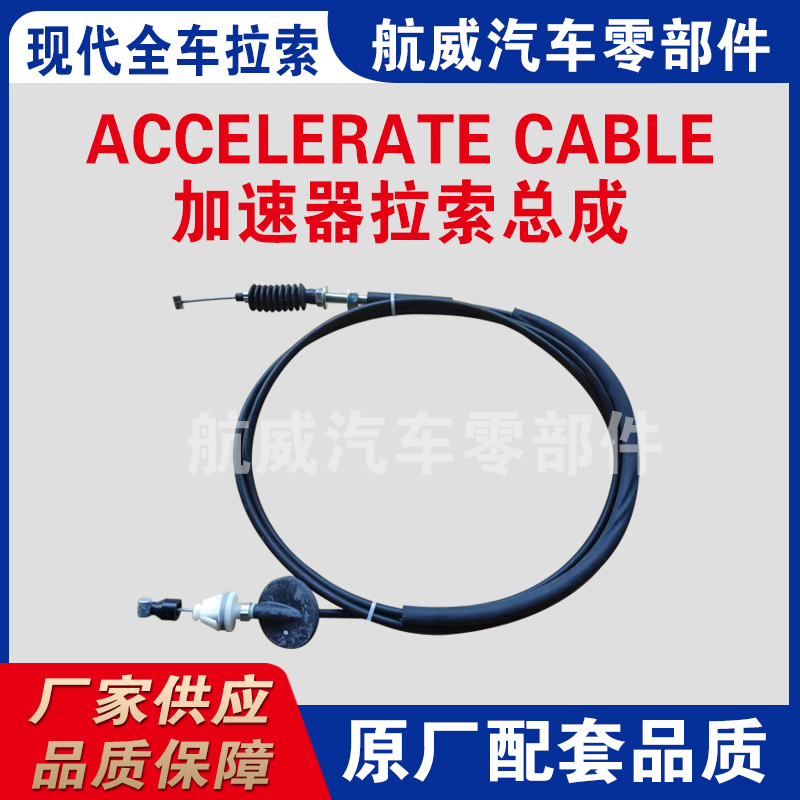throttle cable control
Understanding Throttle Cable Control in Vehicles
Throttle cable control is a critical component in the operation of many vehicles, particularly those with internal combustion engines. This simple yet effective system plays an integral role in regulating the power output of the engine, ensuring a smooth and responsive driving experience.
At its core, the throttle cable connects the accelerator pedal to the throttle body, which controls the airflow into the engine. When a driver presses the accelerator, the throttle cable transmits this action to the throttle body, opening it to allow more air into the engine. This increase in airflow corresponds to more fuel being injected, thereby increasing the engine's power and speed.
There are several benefits associated with throttle cable control. First, it provides a direct mechanical link between the driver's input and the engine's response. This mechanical connection allows for an immediate reaction to the driver's commands, fostering a sense of control and engagement. In contrast, some modern vehicles employ electronic throttle control, which can introduce a slight delay due to electronic signal processing.
throttle cable control

Another advantage of a throttle cable system is its simplicity and ease of maintenance. The components involved are generally durable, requiring minimal upkeep compared to electronic systems. In the event of a malfunction, troubleshooting is typically more straightforward, allowing for quicker repairs. Drivers often appreciate the reliability of a cable system, particularly in older vehicles where simplicity is a significant design philosophy.
However, throttle cable control also has its challenges. Over time, cables can stretch, fray, or become sticky, which can lead to sluggish performance or even unintended acceleration. Routine inspections and timely replacements of the throttle cable can help mitigate these issues, ensuring that the system operates smoothly.
Moreover, understanding the throttle cable's role is essential for tuning and performance modifications. Many car enthusiasts alter their vehicles for better responsiveness and power. Adjusting the throttle cable can lead to significant changes in how a vehicle drives. Proper tuning can eliminate unnecessary slack in the cable, ensuring that the engine responds as quickly as possible to the driver's inputs.
In conclusion, throttle cable control remains an important aspect of vehicle dynamics. Its simplicity, reliability, and direct connection to the driver's accelerative input contribute to an engaging driving experience. Whether in everyday commuting or performance driving, understanding and maintaining the throttle cable system is key to ensuring optimal performance and responsiveness. As automotive technology continues to evolve, the basics of throttle management will always remain a fundamental principle of vehicle operation.
-
Workings of Clutch Pipe and Hose SystemsNewsJun.04,2025
-
The Inner Workings of Hand Brake Cable SystemsNewsJun.04,2025
-
The Secrets of Throttle and Accelerator CablesNewsJun.04,2025
-
The Hidden Lifeline of Your Transmission Gear Shift CablesNewsJun.04,2025
-
Demystifying Gear Cables and Shift LinkagesNewsJun.04,2025
-
Decoding Clutch Line Systems A Comprehensive GuideNewsJun.04,2025
